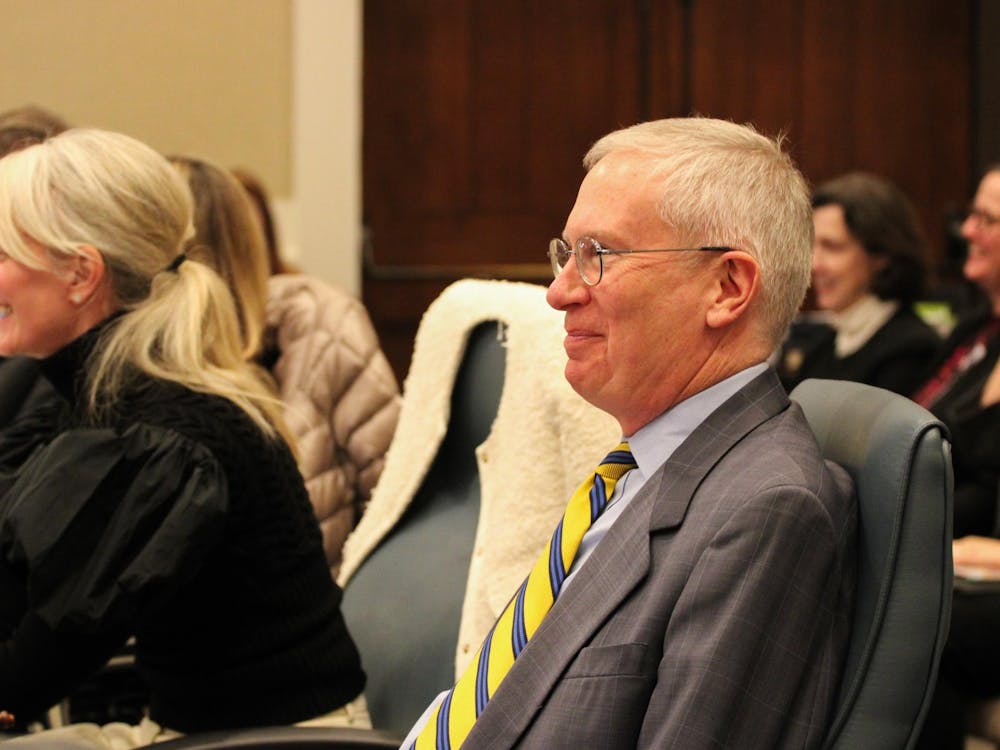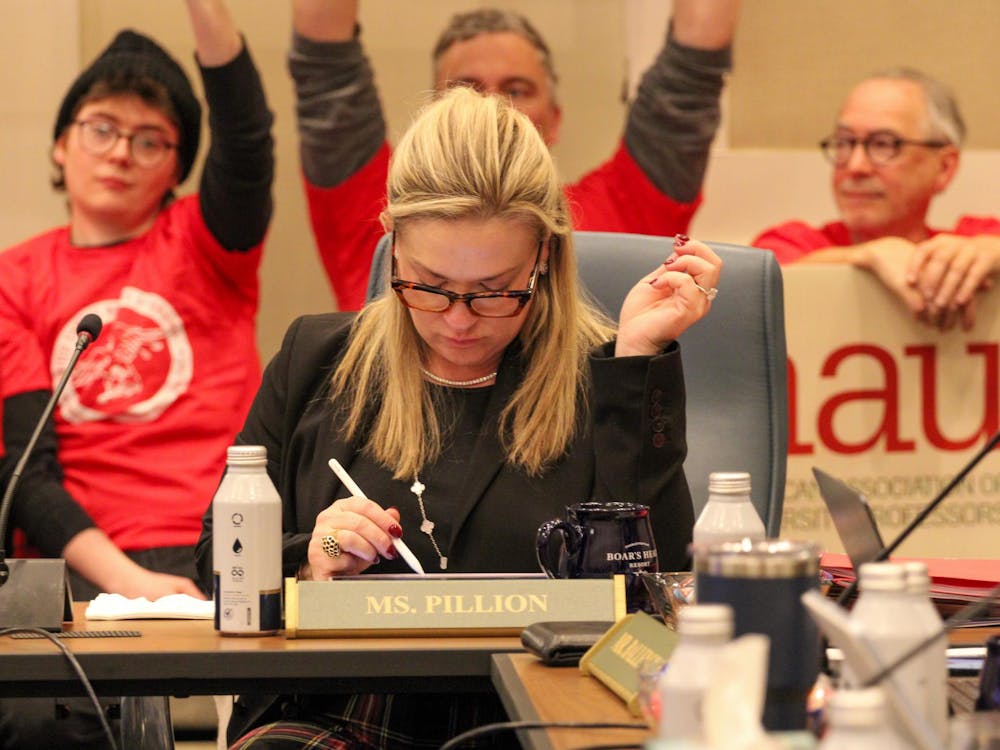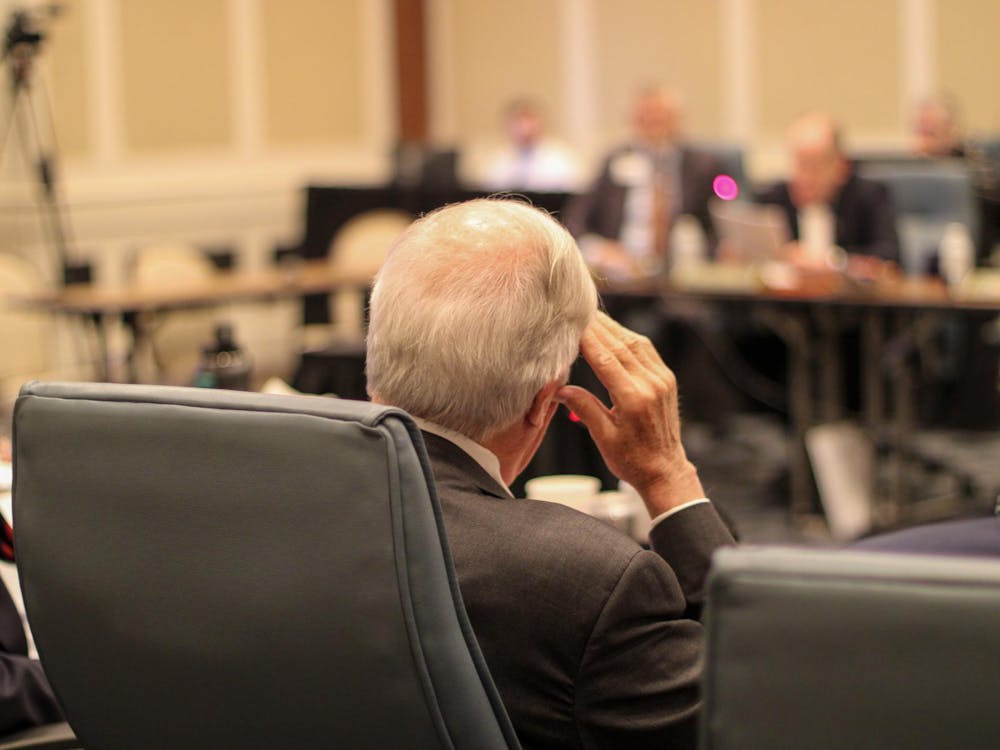Following a $206 billion settlement with the tobacco industry, officials in Virginia are figuring out how much of the Commonwealth's four billion dollar share to spend on cancer research, youth prevention programs and economic aid.
Virginia's share of the settlement will be distributed over the next 25 years. The General Assembly already has passed legislation allocating 60 percent of the settlement, of which 10 percent will go to youth smoking prevention programs. Fifty percent will go to aid the economy in tobacco growing regions.
The General Assembly will vote on how to use the remaining 40 percent of the settlement in January.
Gov. James S. Gilmore III (R), however, wants to use a some of that money to alleviate the Commonwealth's ever-growing traffic problems in places such as Northern Virginia and the Hampton roads area near Norfolk according to Gilmore Deputy Press Secretary Lila Young.
"It's a popular idea," among both political parties in the General Assembly Young said.
Gilmore proposed a $2.5 billion statewide transportation overhaul and development plan in early August that would rely heavily on funds from tobacco settlement, Young said.
But state Sen. Emily Couric (D-Charlottesville) said that, while she was not certain how she would vote in January, "some [tobacco money] should certainly go for health care" and possibly research.
According to the American Heart Association, too many of the states that received settlements from the tobacco industry will misuse the money by not applying it for health research, as the settlement originally intended.
In a report issued in late August of this year, the AHA claimed that "far too many states have failed to live up to the promise to protect our nation's children from tobacco."
Only six states had made "substantial, new commitments" toward the original goals of the program - while the rest were not making enough commitments.
Virginia was listed with other states that had committed a "modest amount to new tobacco prevention and cessation programs."
That is less than one-third of the minimum funding required for an effective tobacco prevention program, according to the Centers for Disease Control and Prevention.
David Cattel-Gordon, director of community relations for the University's Cancer Center, said the money could be used appropriately for medical research.
But Young said that when Gilmore was attorney general he helped create a medical research fund that took its money from the privatization of the Trigon health insurance company. The money in this fund is available to the University, she said.
"Governor Gilmore has always supported medical research," she added.
Medical School Dean Robert Carey said the Medical School does not have an institutional position on how the rest of the tobacco money should be used.
University Rector John P. Ackerly III also said there are no plans to discuss the issue at the Board of Visitors' next meeting in January, although the Board would be willing to discuss it if members wished to do so.







